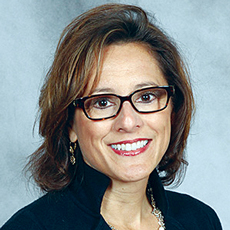
As a silver tsunami of seniors approaches on the demographic horizon, nursing homes and hospitals are preparing by slowly moving from a fee-for-services model to managed care, a value-based payment system that holds facilities more accountable for performance.
This year, some 800 hospitals will be taking part in an ongoing bundled payments demonstration project and a mandatory bundling for lower joint replacements. Under the plan, hospitals are required to accept bundled payments for hip and knee replacement procedures, for 90 days after admission.
The plan to cut the cost of care for millions of deteriorating knees and hips is Medicare’s first mandatory test for hospitals moving to an alternative to the FFS model. Fee-for-services models traditionally incentivized volumes before outcomes.
Nursing homes should also prepare for a program of readmission penalties. A program will be rolled out in October with the financial penalties starting in 2018.
Other changes and proposals include payroll-based, journal reporting of staffing (PBJ), requirements of participation revisions stemming from the Affordable Care Act and quality assurance and performance improvement (QAPI) facility assessments.
Further work also will be done on designing alternative care pathways, new operations processes and better partnering in patient transitions.
All of these rebuilding moves come as the industry consolidates in the face of lower occupancy rates in the lull before the baby boomers retire in droves. That generation is, at least, a decade or two away from their 80s, when long-term care in a skilled nursing facility is most likely.
Managed care itself, however, also likely will push occupancy rates down as it cuts SNF utilization for post-acute services covered by Medicare by reducing stays and sending patients to lower-cost home-health services.
Similarly, expanding Medicaid funding for home and community-based services, including PACE programs, will transition lower acuity residents out of long-term care SNF units.
Despite the possibility of lower occupancy rates, industry consolidation will help keep SNF prices high, as smaller facilities are selling out to mid-size organizations looking to grow to improve economies of scale.
Larger SNF groups, meanwhile, are evaluating their portfolios, considering regional strategies and whether diversification makes sense.
At the same time, facility renovations are popular, as residents will continue to expect more private rooms and baths, which will reduce the number of available beds, as well as expensive amenities, such as high-end technology and on-demand dining.
Other advice for nursing home owners and administrators looking ahead:
- Align your incentives with the incentives of those who are paying for your services. Remember that your revenues are someone else’s costs.
- Maintain at least a three-star (out of five) CMS ranking. Admittedly, this might be difficult with the new PBJ reporting.
- Work on increasing the ability to care for clinically complex patients. Many facilities are converting their staffing models to increase the number of RNs and reduce LPNs
- Continue to work on uniform data collection efforts, especially collecting the right data at admission.
- Maintain high-quality outcomes, while working to achieve length-of-stay efficiencies.
Betsy Rust, CPA, is a consulting partner with Plante Moran‘s senior care and living practice.



